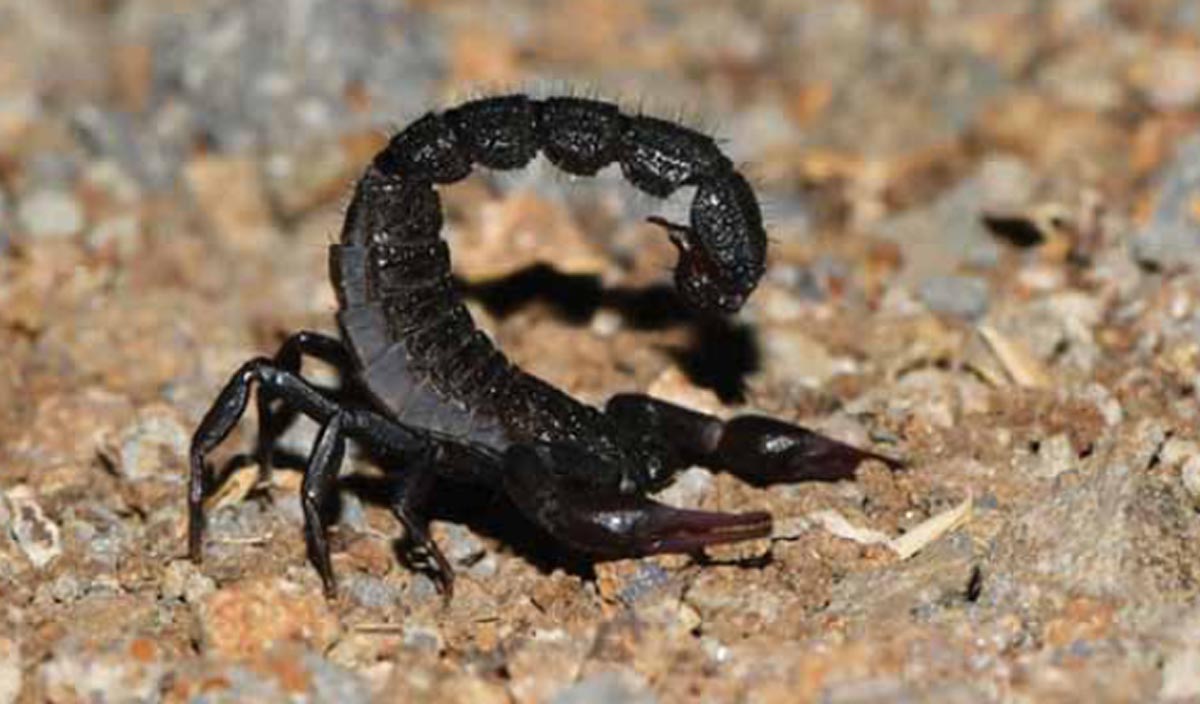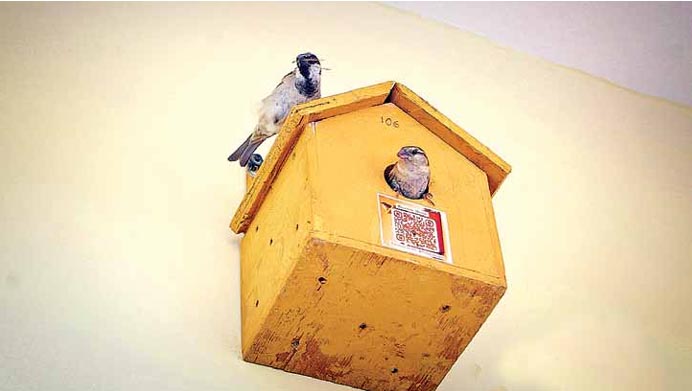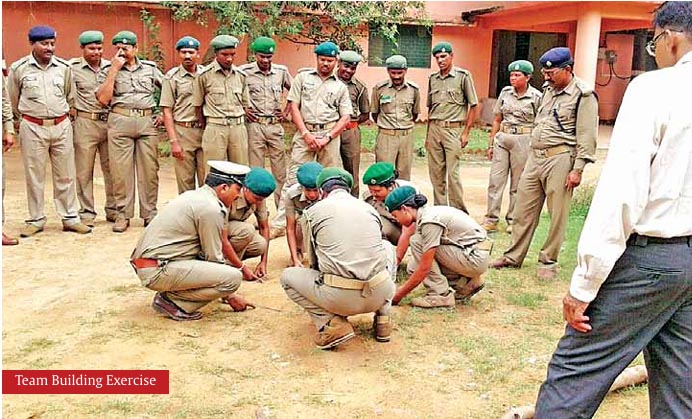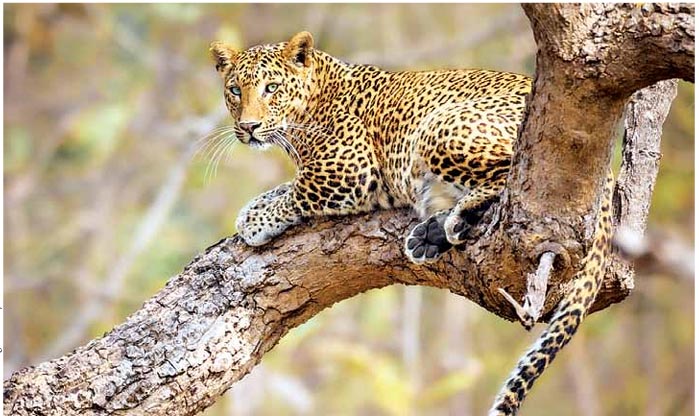
Microhabitat charateristics and distribution
of ground dwelling scorpions in central india
By Pragya Pandey, Sanjay K. Das, Pratyush P. Mohapatra & Sudheer Jena
The evolutionary history of scorpions is represented by a continuous fossil record those dates back to the Telychian Stage (Silurian, Llandovery) (Dunlop, 2010; Dunlop and
Selden, 2013). Evidence suggests that scorpions have existed on earth for over 430 million years and first appeared as an aquatic organism during the Silurian period (Dunlop and Selden, 2013). Climate and environmental variables such as temperature, humidity, altitude, elevation, soil composition, vegetation type and land cover all regulate scorpion istribution (Polis, 1990; Prendini, 2005). Substratum specialization is a form of habitat stenotopy. It can be defined as the dependence of different species on substrata of specific hardness, texture or composition for survival. Substrata varies from sand to rock and from leaf litter to bark (Prendini, 2005). The purposes of this study were to examine diversity and distributions of the scorpions captured during a large regional survey of the Central India region and to determine the relationship between distribution patterns and a range of environmental parameters.
Methodology
The survey was carried out from 2021-2023 in different biogeographical provinces of central India. Habitat, microhabitat data was collected during the surveys using datasheet. A flowchart of the methodology is given below.

Study Area
The Central Indian landscape consisting of two states i.e., Madhya Pradesh and Chhattisgarh is divided into five biogeographic provinces i.e., Semi-Arid Gujarat (4B), Deccan Peninsula- Central Highlands (6A), Deccan Peninsula-Chotta Nagpur (6B), Deccan Peninsula- Eastern Highlands (6C) and Deccan Peninsula- Central Plateau biogeographic zones
Results and Discussion
Out of eight species studied here H. jabalpurensis, H.pachyurus, H. rugiscutis & H. tamulus distribution ranged from 22-25oC whereas for S. pachmarhicus, L. biharensis, J. laevifrons & C. rugosulus were found at 24-26oC. H. jabalpurensis, S. pachmarhicus & H. pachyurus were found at the humidity ranges between 50-60% while H. tamulus, H. rugiscutis, L. biharensis & J. laevifrons were found at 55-70%. C. rugosulus has its distribution restricted to 50-56%. H. Jabalpurensis, H. tamulus, J. laevifrons & C. rugosulus are found at the elevation of 150-400m. H. pachyurus is found at 150-700m & S. pachmarhicus is found at 500-560m L. biharensis & H. rugiscutis is found at elevation 200-550m.


Species occurrences in various microhabitats
The microhabitat use by scorpions was influenced by foraging success and to avoid the predators (McReynolds, 2022). Being pelophilous and lapidoculous species Hottentottas are found mostly is all types of habitats. Their microhabitat preferences vary from species to species but they take refuge under the rock. Whereas H. jabalpurensis climb up the tree or move around for foraging H. tamulus, H. rugiscutis and H. pachyurus move on the ground as active foragers. C. rugosulus is a psammophilous species and take refuge under small pebbles.
C. fulvipes are ambush predators and they hardly leave their burrows for foraging but sit and wait for their prey to pass by. L. nigripes makes their burrows and use them as a efuge and also for capturing prey but sometimes they were found outside on the ground in search of prey. L. biharensis’s microhabitat is under flat rocks for refuge but can be found in leaf-litter for foraging. B. politus live in small pit like structures covered with small rocks.
159 species of scorpions are found in India, of which 24 are reported from central India. Central Indian landscape is provided with various habitats such as moist deciduous orests, tropical thorn forests, tropical dry deciduous forest, scrub forests, agriculture fields, human habitation areas and scorpions are found in almost all types of habitats. Their microhabitat varies in terms of temp., humidity and prey availability. Here it was found that buthids have wide range of distribution, however, some species like C. ugosulus, L. biharensis are restricted to smaller ranges in terms of bioclimatic factors. S. pachmarhicus is endemic to Pachmarhi BR and has very restricted distribution. owever, the present work is under progress, the information provided here helps to form a baseline data of the scorpion distribution in one of the largest landscapes.
References
PRENDINI, L. and BIRD, T.L., 2008. Scorpions of the Brandberg Massif, Namibia: species richness inversely correlated with altitude. African Invertebrates, vol. 49, no. 2, pp. 7-107. http:// dx.doi.org/10.5733/afin.049.0205.
PRENDINI, L., 2005. Scorpion diversity and distribution in southern Africa: pattern and process. In: Proceedings of the 5th International Symposium on Tropical Biology, 2-6 May 2004, Bonn, Germany. New York: Springer, pp. 25-68. http://dx.doi.org/10.1007/0- 387-24320-8_2.
PANDE, S., BASTAWADE, D.B., PADHYE, A. & PAWASHE, A., 2012. Diversity of scorpion fauna of Saswad-Jejuri, Pune district, Maharashtra, western India. Journal of threatened taxa, vol. 4, no. 2, pp. 2381-2389.
McReynolds, C.N., 2022. The effect of microhabitat use on the foraging and diet of the striped bark scorpion , Centruroides vittatus (Buthidae: Scorpiones) in blackbrush habitat of south Texas. The journal of Arachnology.
Related Posts
The Sparrow House Journey: Transformative Impact of PBL from Classroom to Communities
The Sparrow House Journey: Transformative Impact of PBL from Classroom to Communities By Dr. Archana…
Renganathittu – The fascinating Bird Sanctuary
Renganathittu – The fascinating Bird Sanctuary by T. L. John Ranganathittu Bird Sanctuary in Karnataka…
Revival of Sunabeda Wildlife Division – A Case Study
Revival of Sunabeda Wildlife Division – A Case Study By Vishwanath Neelannavar, IFS Sunabeda Wild…
‘SWOT’ analysis of a leopard rescue operation
‘SWOT’ analysis of a leopard rescue operation By Manish Singh, IFS and Rakesh Kumar Singh…




